10 start with B start with B
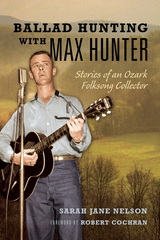
Sarah Jane Nelson chronicles Hunter’s song collecting adventures alongside portraits of the singers and mentors he met along the way. The guitar-strumming Hunter picked up the recording habit to expand his repertoire but almost immediately embraced the role of song preservationist. Being a local allowed Hunter to merge his native Ozark earthiness with sharp observational skills to connect--often more than once--with his singers. Hunter’s own ability to be present added to that sense of connection. Despite his painstaking approach, ballad collecting was also a source of pleasure for Hunter. Ultimately, his dedication to capturing Ozarks song culture in its natural state brought Hunter into contact with people like Vance Randolph, Mary Parler, and non-academic folklorists who shared his values.

A princely tale inspired by Christianity and Buddhism.
One of the best known examples of the hagiographic novel, this is the tale of an Indian prince who becomes aware of the world’s miseries and is converted to Christianity by the monk Barlaam. Barlaam and Josaphat (Ioasaph) were believed to have re-converted India after her lapse from conversion to Christianity, and they were numbered among the Christian saints. Centuries ago likenesses were noticed between the life of Josaphat and the life of the Buddha; the resemblances are in incidents, doctrine, and philosophy, and Barlaam’s rules of abstinence resemble the Buddhist monk’s. But not till the mid-nineteenth century was it recognized that, in Josaphat, the Buddha had been venerated as a Christian saint for about a thousand years.
The origin of the story of Barlaam and Ioasaph—which in itself has little peculiar to Buddhism—appears to be a Manichean tract produced in Central Asia. It was welcomed by the Arabs and by the Georgians. The Greek romance of Barlaam appears separately first in the 11th century. Most of the Greek manuscripts attribute the story to John the Monk, and it is only some later scribes who identify this John with John Damascene (ca. 676–749). There is strong evidence in Latin and Georgian as well as Greek that it was the Georgian Euthymius (who died in 1028) who caused the story to be translated from Georgian into Greek, the whole being reshaped and supplemented. The Greek romance soon spread throughout Christendom, and was translated into Latin, Old Slavonic, Armenian, and Arabic. An English version (from Latin) was used by Shakespeare in his caskets scene in The Merchant of Venice.
David M. Lang’s Introduction traces parallels between the Buddhist and Christian legends, discusses the importance of Arabic versions, and notes influences of the Manichean creed.
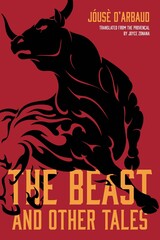
Winner of the Global Humanities Translation Prize
A classic of modern Provençal literature, Jóusè d’Arbaud’s 1926 masterpiece “The Beast of Vacarés” (also known as “The Beast of Vaccarès”) is a haunting parable. Set during the fifteenth century, the tale is narrated by a solitary bull herder—known as a gardian—who stumbles upon a starving creature that is half man, half goat. Terrified, the gardian is nonetheless drawn to the eloquent Beast, a dying demigod who laments the loss of his glorious past even as he wields power over the animals around him. Torn between pity and fear, unable to understand his experiences and afraid he will be condemned for heresy, the gardian records his encounters in a journal, hoping that one day readers will make sense of what he cannot.
Set in the vast, lonely landscape of the Camargue delta, where the Rhône meets the Mediterranean, The Beast seamlessly melds fantasy with naturalistic detail about the region’s flora and fauna. Three additional stories—“The Caraco,” “Pèire Guilhem’s Remorse,” and “The Longline”—explore the lives of twentieth-century gardians in the region. Each man succumbs to fears and social pressure, tragically losing what he most loves.
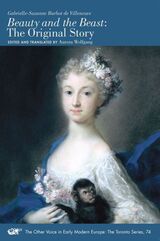
The Other Voice in Early Modern Europe: The Toronto Series volume 74
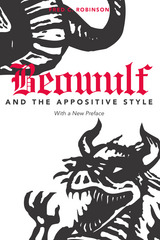
appositive style of Beowulf helps the poet communicate his Christian vision of pagan
life. By alerting the audience to both the older and the newer meanings of words, the
poet was able to resolve the fundamental tension which pervades his narration of
ancient heroic deeds.
Robinson describes Beowulf ’s major themes and the grammatical and stylistic
aspects of its appositive strategies. He then considers the poet’s use of the semantically
stratified vocabulary of Old English poetry to accommodate a party Christian and
partly pre-Christian perspective on the events being narrated. The analysis draws
attention to the ways in which modern editors and lexicographers have obscured stylistic
aspects of the poem by imposing upon it various modern conventions.
Appositional techniques, Robinson shows, serve not only the poet’s major themes
but also his narrative purposes. A grasp of the fundamental role played by the appositive
style in Beowulf gives the reader new ways of understanding some of the epic’s familiar
passages. The new foreword addresses the reception this book has had and examines
recent scholarship in the ongoing interest in this amazing poem.
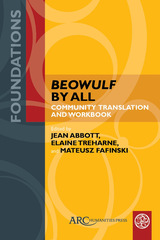

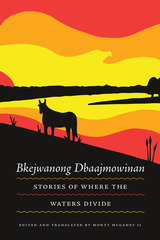
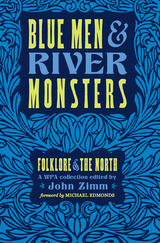
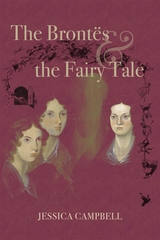
READERS
Browse our collection.
PUBLISHERS
See BiblioVault's publisher services.
STUDENT SERVICES
Files for college accessibility offices.
UChicago Accessibility Resources
home | accessibility | search | about | contact us
BiblioVault ® 2001 - 2024
The University of Chicago Press









